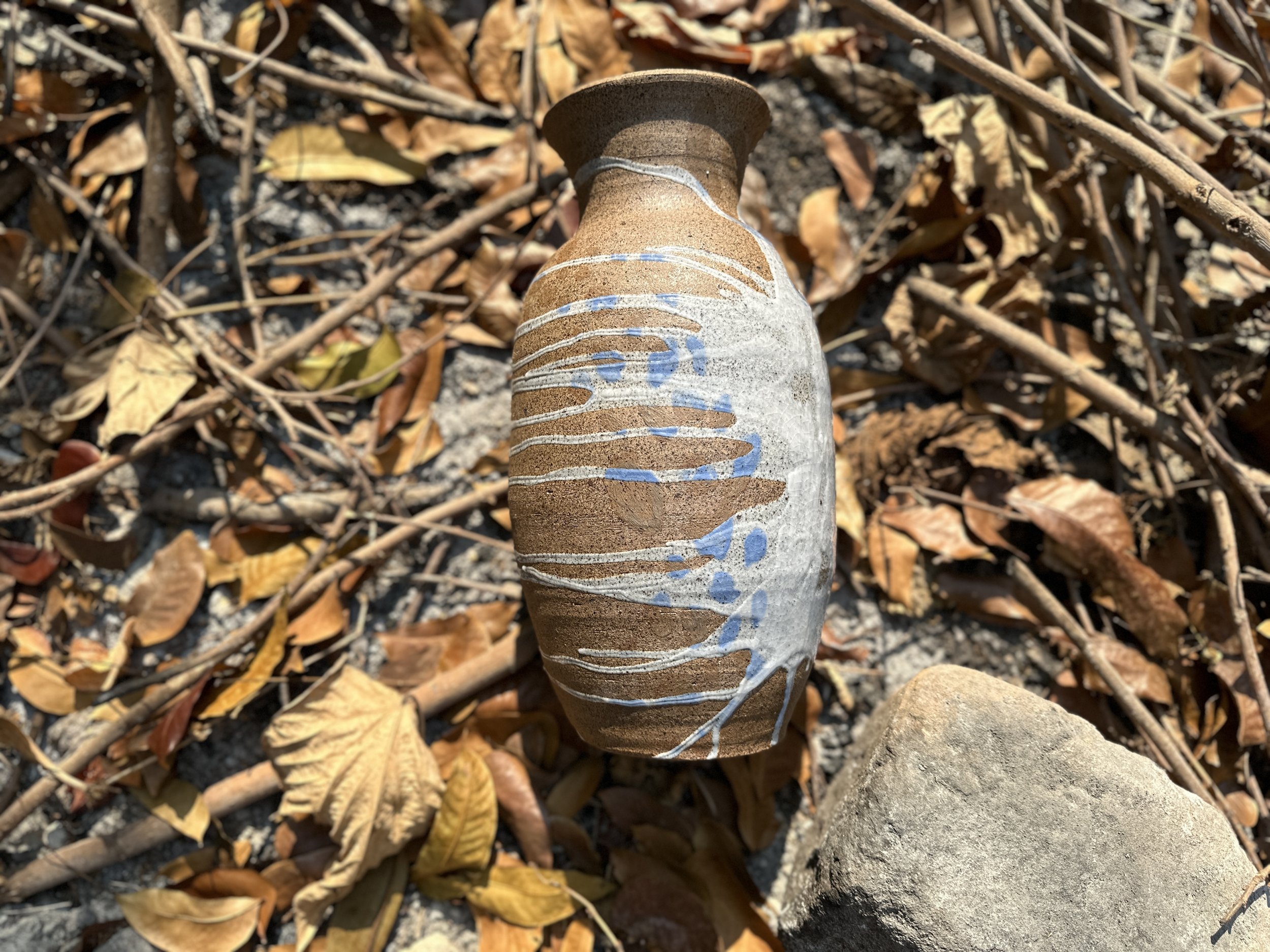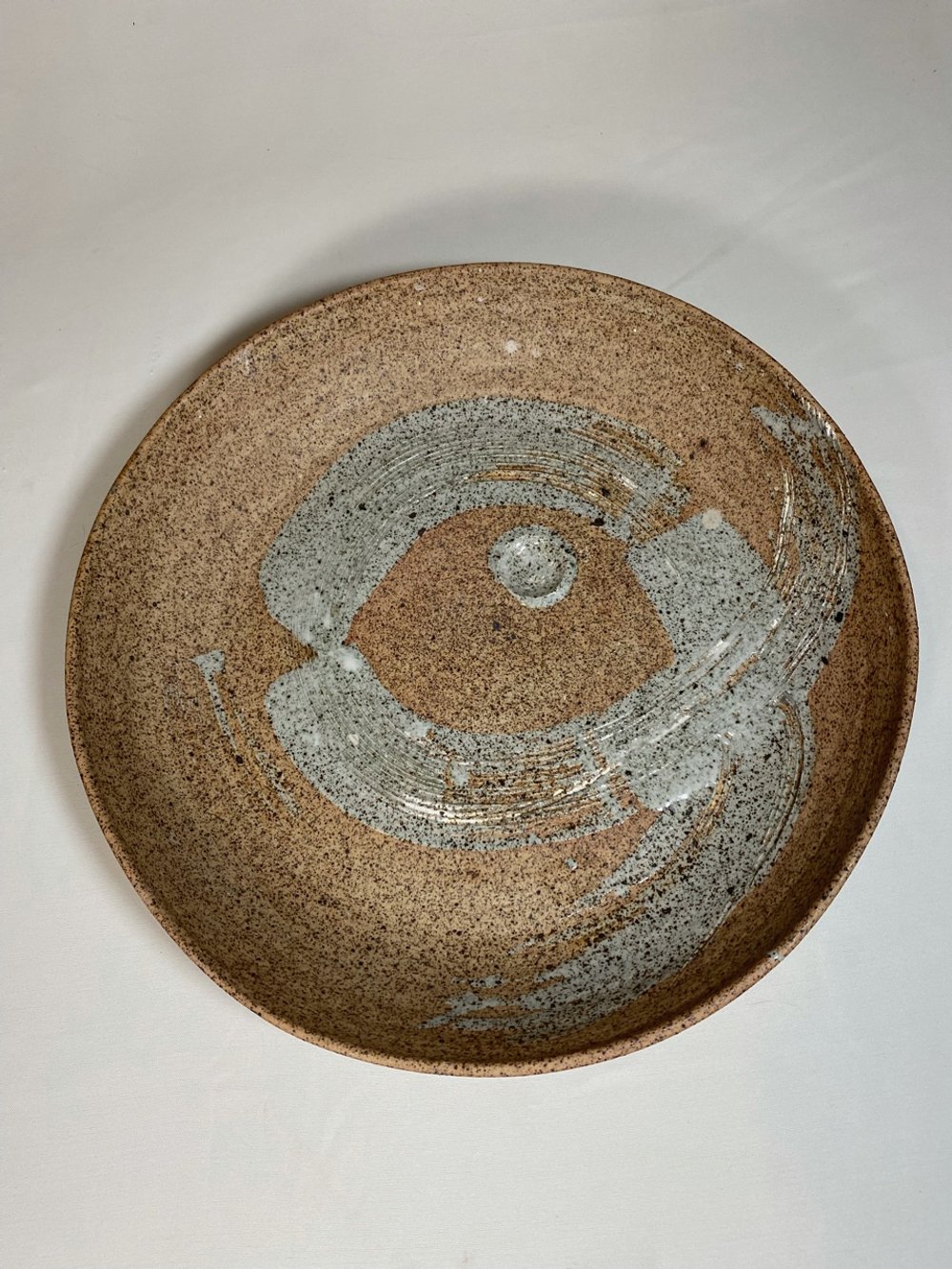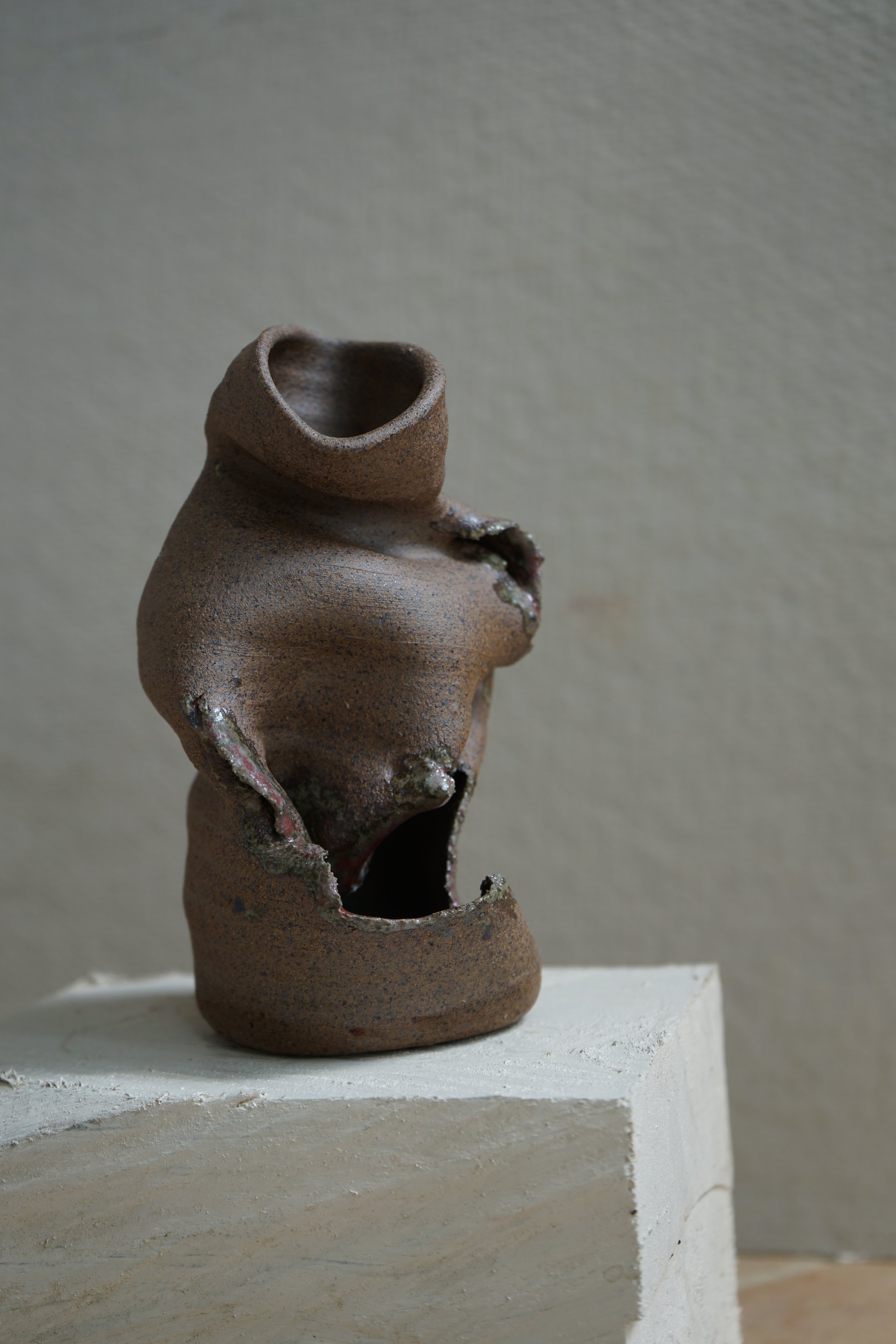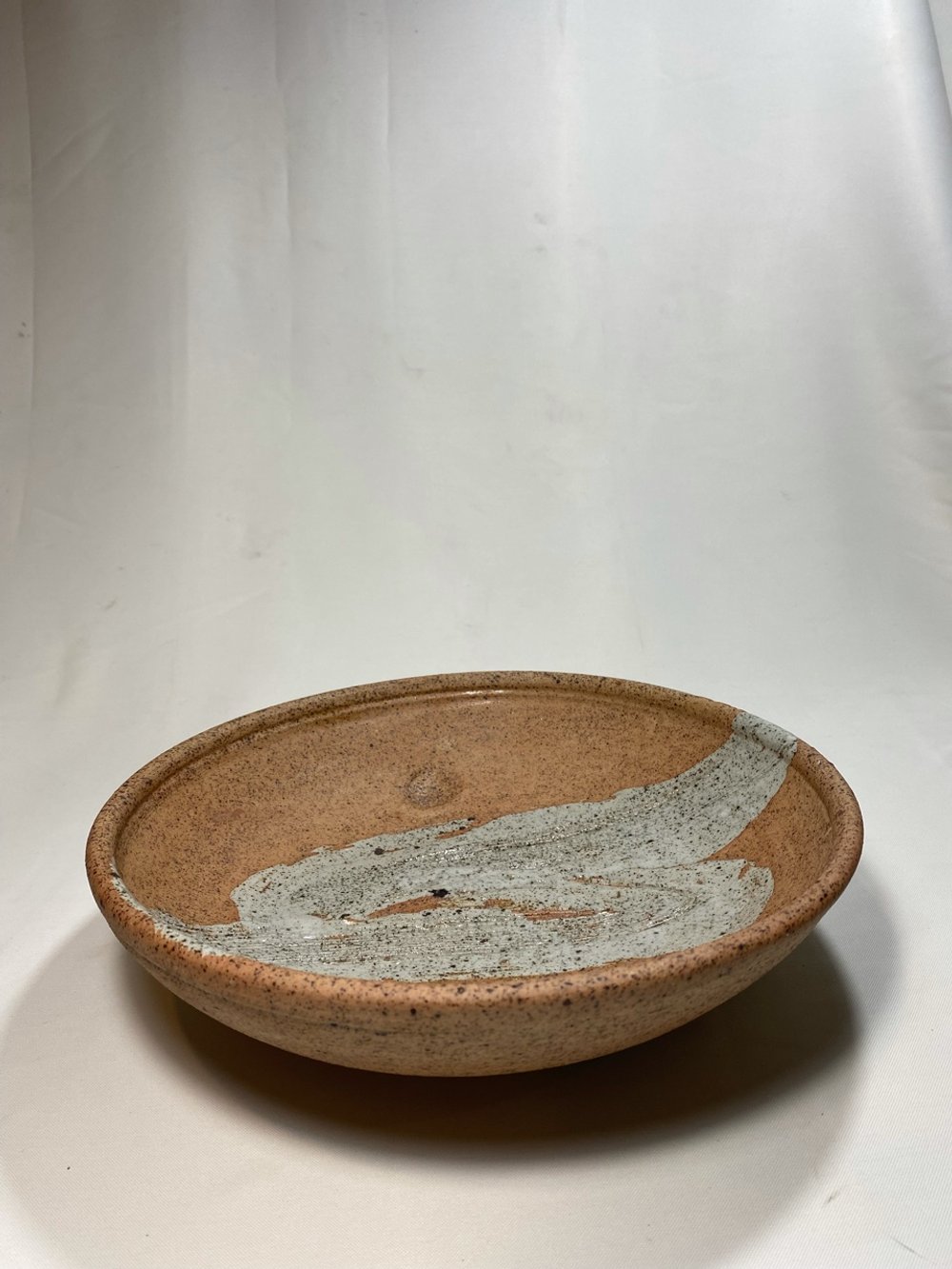
Be A Patron
of Ceramics & Culture
Ceramics is costly, but culture isn’t cheap.
Clay, firing, and time are valuable investments that the artist makes in order to create something beautiful by hand. Each Solon Perfecto ceramic piece roughly undergoes the following process:
Foraging, kneading, aging of clay
Formulation of glaze
Throwing, drying, trimming
Bisque firing
Glaze firing
Each step of the process requires hours of ideation, organization, and attention. Not to mention, it takes years of skill and technique development as well as the proper tools and equipment. Even with careful execution, kiln firings can be unpredictable.
However, creating art is essential to the human experience.
Pottery, in particular, has a place in the history of the Philippines. The islands stand among the world’s antiquated sites of pottery discoveries. It connects the people that inhabited the archipelago with the ancient civilizations of China, Japan, and Korea all the way to Greece, Middle East, and Africa.
3 Reasons Why You Should Be a Patron of Solon Perfecto
Jose Solon Perfecto is a prolific artist with an emerging career.
Jose has been creating pottery since 1997, when he was just an 8-year-old student of Jon Pettyjohn. As a young adult, he left the city and his corporate job in 2018 to commit his time and attention to art.
Since then, he has established Solon Perfecto Ceramics & Culture and exhibited half a dozen collections.
Jose creates pottery with local wild clay blends from different locations throughout the Philippines. His current collection uses clay from the foothills of his studio as well as the red clay in the river banks of San Juan, La Union. He uses the wild clay with ash glazes made from local trees, formed in stoneware for the purpose of Filipino Table Culture, and calls such creations his signature Terroir Ceramics.
Your support champions Filipino art and culture.
While pottery has its place in Philippine History and local clay pots have been in use since precolonial times, its contemporary art narrative can only be traced back to the 1970s when Jon Pettyjohn began exhibiting his work and teaching in Manila. (Read about Jon Pettyjohn here.)
Today, the University of the Philippines has courses in ceramics and other teachers have established pottery schools around the country. Yet, there are still only a handful of Filipino pottery artists that are upholding its techniques and traditions.
Each Solon Perfecto ceramic piece tells a story of terroir, process, and skills developed under the tutelage of some of the world’s finest pottery artists today.
Jose’s teachers include Jon Pettyjohn, Tessy Pettyjohn, and Hadrian Mendoza. He attended workshops of Paul Davis, Shozo Michikawa, and Yasuo Terada — all of whom made an impact on his style and process.
Jose’s education in classical music, competitive pistol shooting, and communication arts play a part in the process of his ceramics as well. His personal experiences in blending tobacco, drinking wine and spirits, and learning how to cook from a long proud line of Cebuana women are pillars of his refined taste and table culture.




5 Ways You Can Be A Patron of Ceramics & Culture
1. Buy Solon Perfecto Ceramics
Jose drops a small collection on Instagram every 3 to 5 weeks.
His range of works are for sale at Aphro in Makati City. In La Union, he has Drinking Culture Terroir Ceramics available at El Union Coffee and Putik Friends.
Online Shop coming soon.
2. Come to a Show
April 2024: “Resonance: A Traversing Grounds Exhibit” at Vinyl on Vinyl, Makati (Group Show)
July 2024: Aphro, Makati (Group Show)
September 2024: JJ Bespoke, Makati (Solo Collection)
3. Commission Works
Send an e-mail to solonperfecto@gmail.com if you have a ceramic piece or collection in mind.
Take note that commissions have a timeline of at least 3 months and glazes are seasonal based on the ash and material that Jose works with.
4. Follow on Social Media
Follow Jose on Instagram and Threads at @solonperfecto. Tag him in photos whenever you use his pieces at home.
Like the Facebook Page and join the Facebook Group here.
Each Like, comment, and Share is very much appreciated.
5. Make a Financial Contribution
Each firing costs a minimum of PHP 10,000 (without labor and materials).
You may make a donation of any amount through the following payment methods listed here.
If you are an architect, designer, stylist, photographer, or restaurant that champions Filipino Table Culture, Philippine Heritage, and Ceramics, send us a message so we can collaborate.